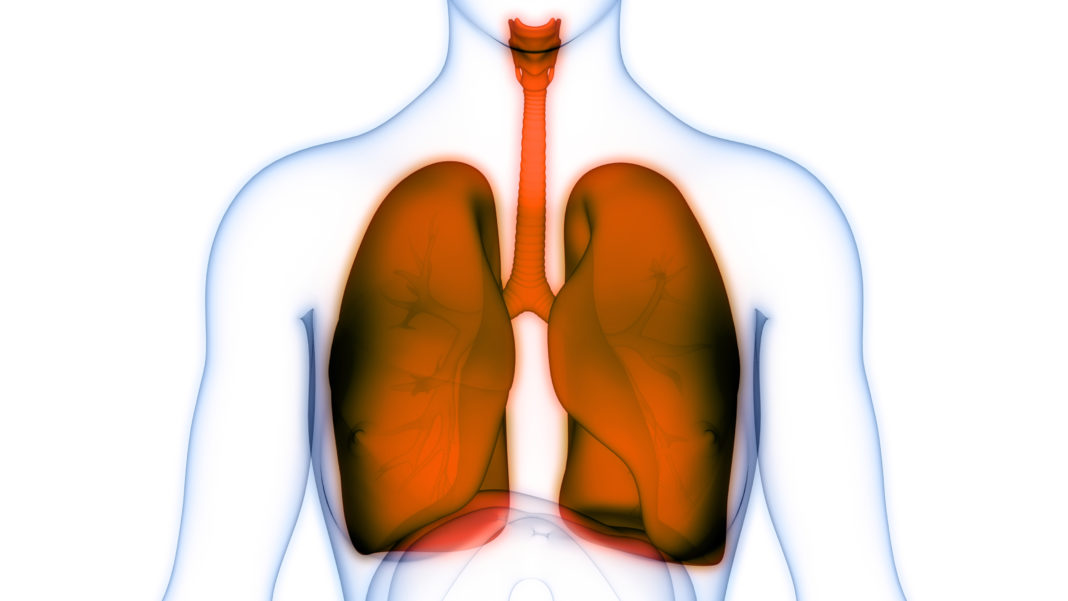In a prospective multicenter cohort of 162 patients with advanced non-small cell lung cancer (NSCLC) (EGFR/ALK–) treated with first-line immunochemotherapy, traditional biomarkers were inconsistent, with higher tumor mutation burden (TMB) tracked with longer progression-free survival (PFS), and PD-L1 correlated with response but not survival. Genomics highlighted signals such as ARID1A mutations (with high PD-L1) predicting response, KDM6A predicting worse overall survival (OS), and RTK-RAS pathway mutations associating with better PFS. ARID1B co-mutations with DNA damage response genes marked poorer survival. A seven-feature genomic risk score (RS) independently predicted PFS beyond TMB, separating low- vs high-risk groups with clear PFS/OS differences, and was validated internally and in external datasets.
Hematoxylin and eosin-stained tumor slides analyzed by HoVer-Net quantified tumor microenvironment cell types. A higher epithelial-cell proportion was protective for PFS and modestly improved RS performance. Integrating RS with image-derived features produced a multimodal classifier (PMCP) that stratified patients into subgroups with distinct PFS/OS, independent of TMB. Favorable groups showed immune activation while poor-risk groups skewed immunosuppressive, supporting PMCP as a practical framework to refine prognosis and guide first-line immunotherapy combined with chemotherapy (ICT) selection, pending broader validation in ICT-treated cohorts.
Reference: Han Y, Ma J, Liu Z, et al. Integrating genomic and pathological characteristics to enhance prognostic precision in advanced NSCLC. npj Precis Oncol. 2025;9:271. doi: 10.1038/s41698-025-01056-8.









